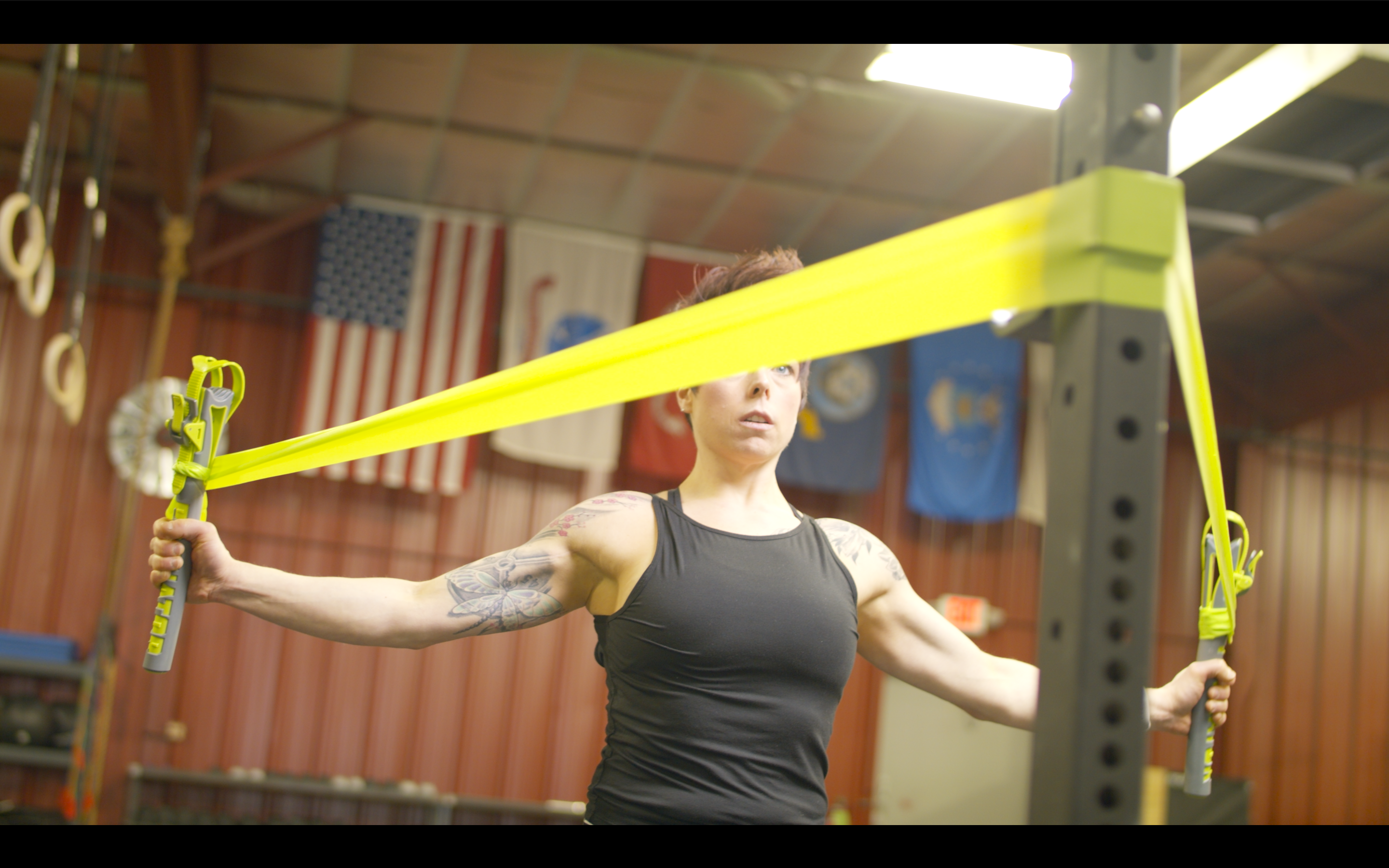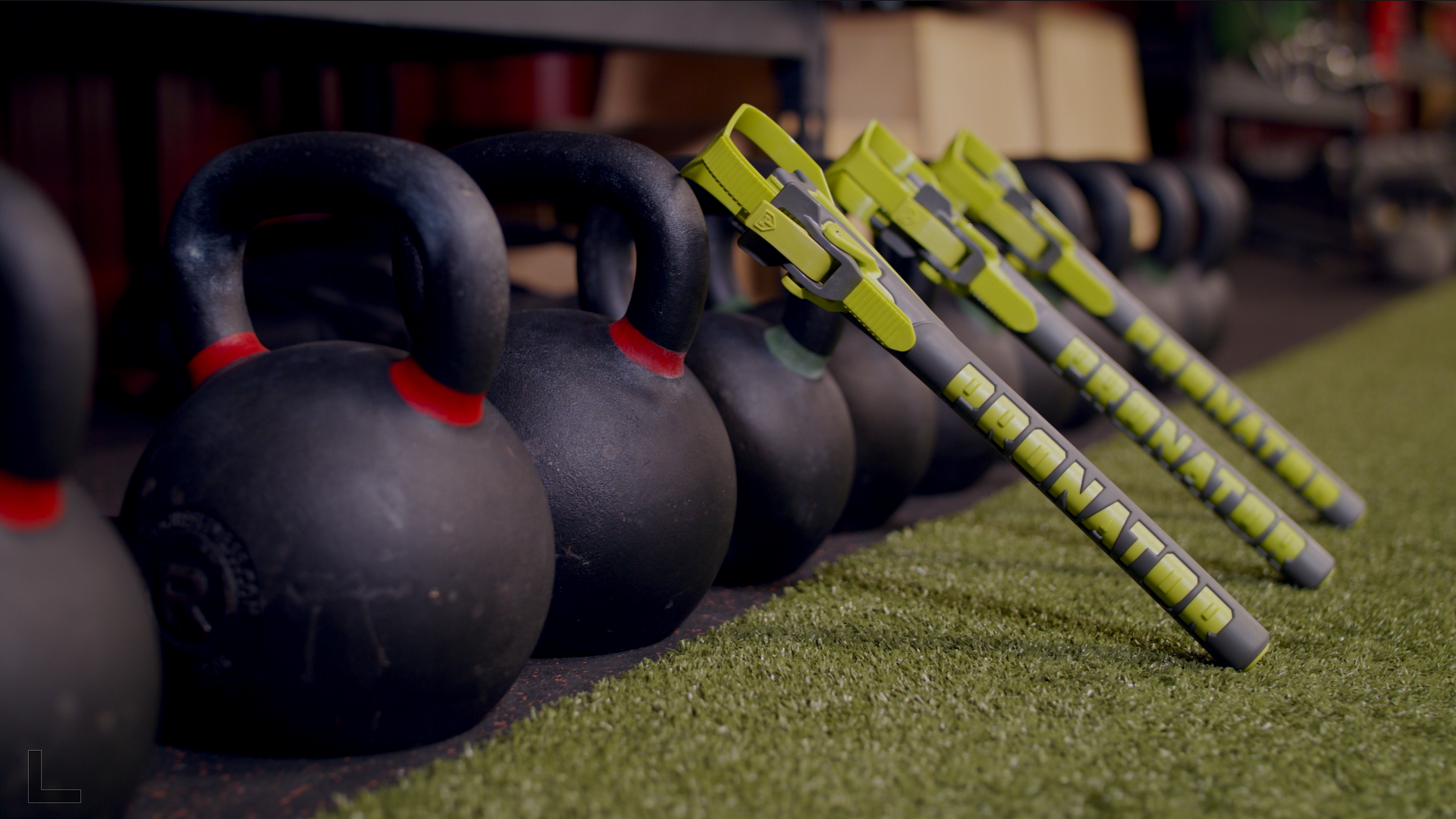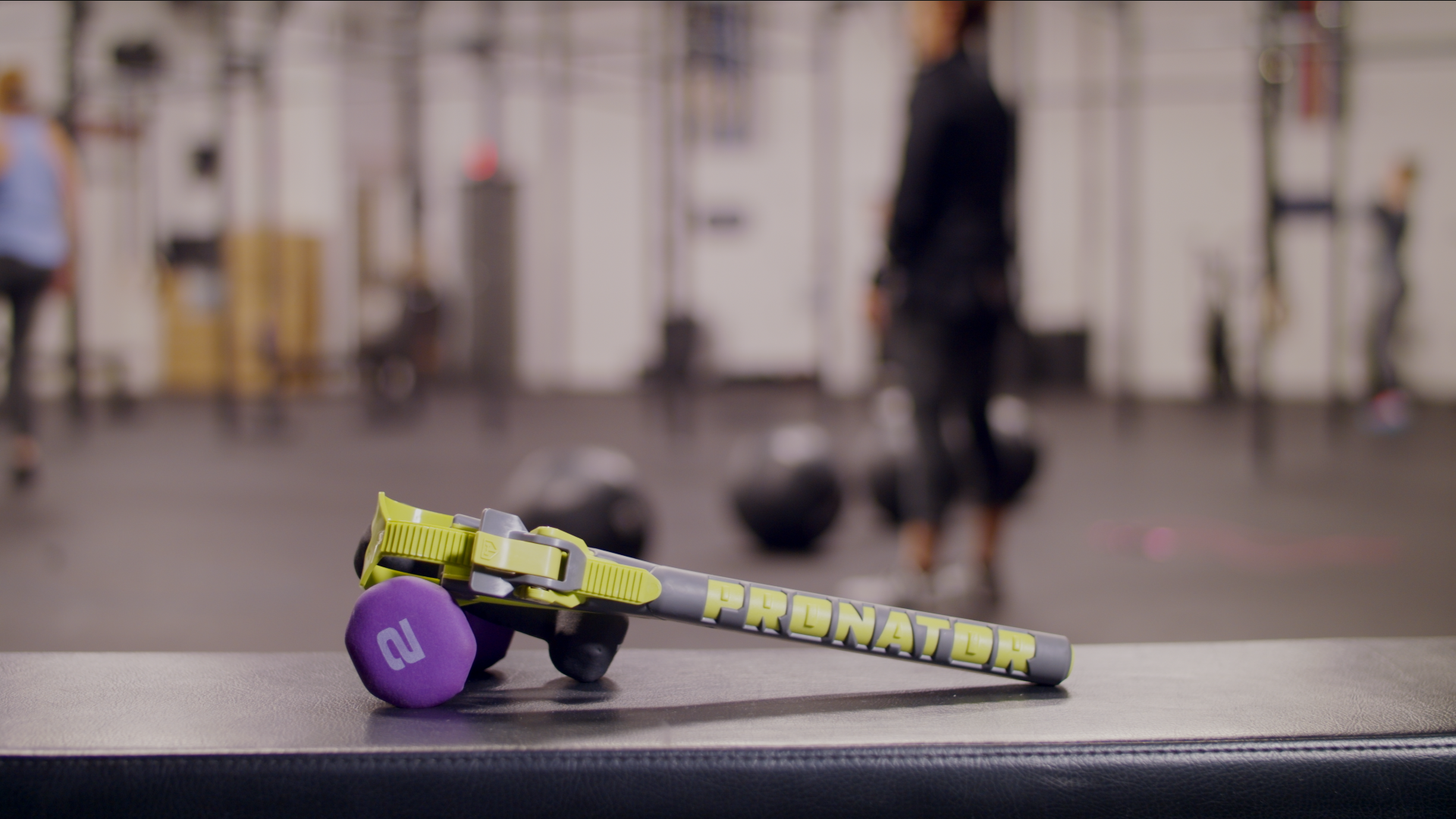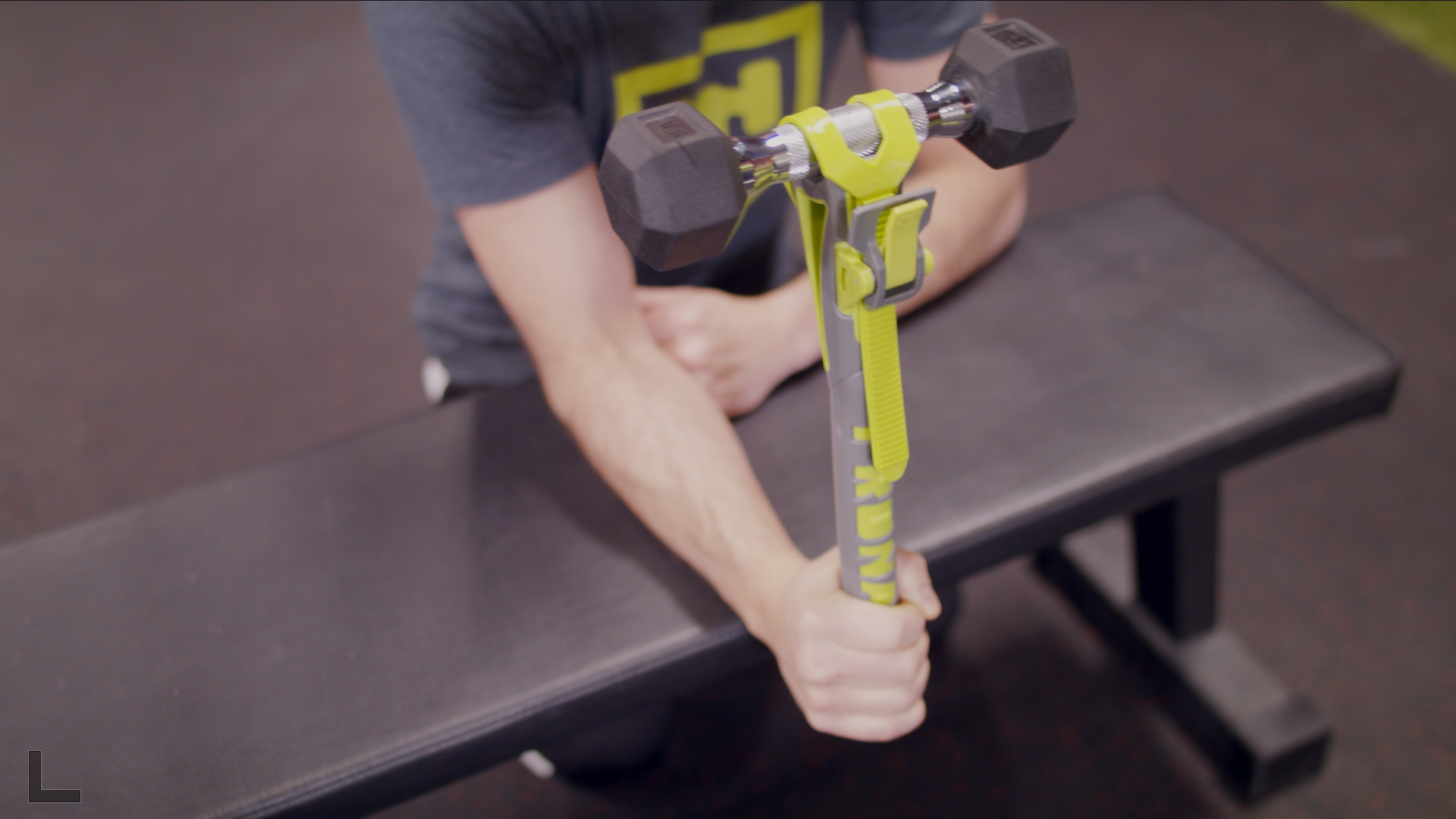 October 14, 2023
October 14, 2023
BICEP INJURY RECOVERY & BEST EQUPIMENT
A bicep injury can be a painful and debilitating condition that can make it difficult to perform daily activities or participate in sports. The bicep muscle is a large muscle in the front of the upper arm that is responsible for flexing the elbow and rotating the forearm. Injuries to the bicep can range from minor strains to complete tears, and the severity of the injury will determine the treatment and recovery process.
In this article, we will explore the types of bicep injuries, their causes, symptoms, and treatment options.
Types of Bicep Injuries:
Bicep injuries can be classified into two main categories: strains and tears.
Bicep Strains:
A bicep strain is a relatively common injury that occurs when the muscle fibers or tendons are stretched or partially torn. Bicep strains can range in severity from mild to severe and are usually caused by sudden movements or overuse of the muscle.
Bicep Tears:
A bicep tear occurs when the muscle is completely torn from its attachment to the bone. Bicep tears can be partial or complete, and they can occur in the upper arm (proximal bicep tear) or the elbow (distal bicep tear). Bicep tears are often caused by sudden movements or heavy lifting.
Causes of Bicep Injuries:
Bicep injuries can be caused by a variety of factors, including:
- Overuse: Bicep strains are often caused by overuse of the muscle, such as repeatedly lifting heavy objects or performing repetitive motions.
- Trauma: Bicep injuries can also be caused by trauma, such as a fall or a direct blow to the arm.
- Age: As we age, our muscles and tendons become less flexible and more prone to injury.
- Poor technique: Improper lifting techniques or poor posture can put undue stress on the bicep muscle and increase the risk of injury.
Symptoms of Bicep Injuries:
The symptoms of a bicep injury will depend on the severity and type of injury, but some common symptoms include:
- Pain or tenderness in the front of the upper arm
- Swelling or bruising
- Weakness in the affected arm
- Difficulty lifting or rotating the arm
- A popping or snapping sensation in the arm
- Muscle spasms
- Popeye Deformity – when the tendon tears the bicep can ball up causing the muscle to look flexed like the cartoon character “Popeye”
Treatment of Bicep Injuries:
The treatment of a bicep injury will depend on the severity and type of injury. Some common treatment options include:
Rest:
Rest is essential for allowing the injured muscle to heal. Athletes and individuals who engage in strenuous physical activities may need to take a break from their activities to allow the bicep to heal.
Ice:
Applying ice to the affected area can help reduce swelling and pain. Ice should be applied for 15-20 minutes at a time, several times a day.
Compression:
Compression, such as a compression sleeve or bandage, can help reduce swelling and provide support to the affected arm.
Elevation:
Elevating the affected arm above the heart can help reduce swelling and promote healing.
Physical Therapy:
Physical therapy can help strengthen the affected arm and prevent further injury. A physical therapist can provide exercises and stretches that can help improve flexibility and range of motion in the affected arm.
Medication:
Over-the-counter pain medications, such as acetaminophen or ibuprofen, can help reduce pain and inflammation.
Surgery:
In severe cases, surgery may be necessary to repair a torn bicep muscle. Surgery may also be recommended for athletes or individuals who rely on their arm strength for their profession.
Recovery from Bicep Injuries:
Recovery from a bicep injury can be a long and challenging process. The length of recovery will depend on your body’s response, the recovery process you choose, and the supplements you take during the recovery process.
Recovery from a bicep injury can be a long and challenging process. The length of recovery will depend on your body’s response, the recovery process you choose, and the supplements you take during the recovery process.
THE PRONATORStarts at JUST $74.95!
- 1 Year FULL WARRANTY
- Used by NCAA, NFL, NBA & MLB
- Customer Satisfaction Guarentee



